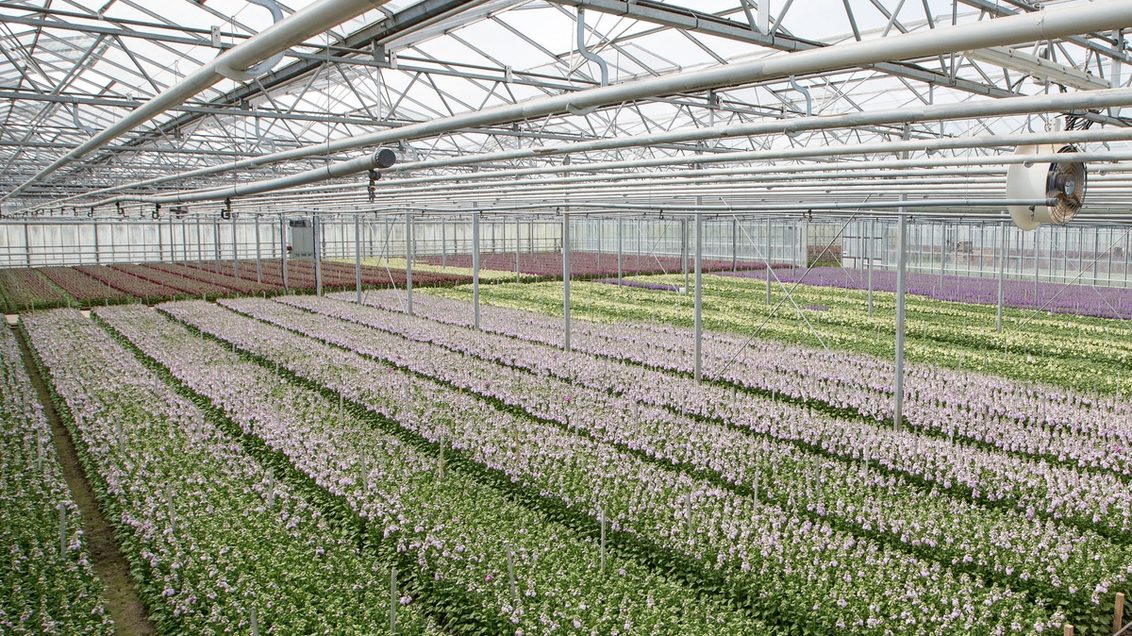Biopesticides make the grade
Last time we focused on why biopesticides and biostimulants are featuring more in horticultural growers’ IPM programmes. This time we’ll look in more detail at biopesticides and how to get the best from them.
Remember, a biopesticide has to be authorised as a plant protection product and carry a unique product registration number known as the MAPP (which stands for Ministerially Approved Pesticide Product) number. Essentially there are three kinds of biopesticide:
- Microbial: The active substance is a micro-organism, or in some cases a compound produced by a fungus or bacterium. Fungi that parasitise insect pests, bacteria that infect plant pathogens, and the viruses used to control moth pests in orchards are examples.
- Botanical: These active substances are plant extracts or their individual compounds, some plant species being particularly rich in defence chemistry. Examples include a bioinsecticide compound extracted from neem seeds, garlic-based products for nematode control and some fatty-acid-based biopesticides.
- Semiochemical: Various kinds of natural ‘signalling compounds’ or synthetic copies of them (from the Greek semeion, meaning sign – think semaphore flags), which include insect sex pheromones, for example, or the volatile compounds plants produce in response to pests or diseases. When used purely for monitoring – such as in lures on sticky traps – semiochemicals fall outside the scope of crop protection regulations; but when used to protect crops, such as in ‘attract and kill’ or mass-trapping systems, products must be authorised and bear a MAPP number.

Just to clarify, any non-microbial organism used in crop protection – pest-killing nematode, predatory mite, parasitic wasp and the like – is a biological control agent, not a biopesticide. Products based on them don’t need authorisation for crop protection but those containing non-native species do have to be licensed.
Biopesticides have to meet the same official requirements on effectiveness as chemical products do, so you can have faith they will perform as claimed. Getting the best from them means a slightly different approach from that we may have been used to with chemical products, however, but not one completely alien to growers – in the end it’s all about how to manage biology to our advantage.
For example, biopesticides based on fungi and bacteria are living products, so you can’t leave them for months in your chemicals store and hope they’ll perform as when you first bought them. In many cases they’ll need refrigerated storage and have a definite shelf-life so talk to your supplier about the specific requirements of each product, and about delivery schedules that work for you.
It’s also best practice to use a dedicated sprayer for live biopesticides as most will be sensitive to residues of chemical products such as fungicides.
As with biological control agents, many biopesticides need their ‘host’ pest or pathogen to be present for them to grow and spread; and rather than expecting a complete knockdown, think in terms of controlling pest and disease populations to below the level at which they cause economic impact.
That can feel like a brave step to make in ornamentals where it doesn’t take much damage to render a crop unmarketable – but growers skilled in biocontrol increasingly find that monitoring crops in a similar way, for the early signs of an outbreak, helps them use biopesticides effectively.
One of the current main research areas is on how to time applications to target the most vulnerable life-cycle stage of the pest or pathogen.
Spray technique, particularly when it comes to aspects such as spray volume and ensuring live biopesticides have the right environmental conditions to establish, is proving key for good results. In many cases where growers have reported poor control with biopesticides, application volumes have been so high the product is washed off the plant. Timing treatments late in the day to avoid exposure to UV light, and closing greenhouse vents to maintain humidity long enough for the micro-organism to establish, can help.
Spraying is an area where Syngenta has a long history of expertise – visit our Art of Application pages to find out more about getting the best from crop protection product applications to ornamental crops.
Check a biopesticide is authorised by looking for the MAPP number which should be clearly shown on the product label; or search the CRD database of all UK authorised crop protection products at www.hse.gov.uk/pesticides/databases/index.htm.

